How do I clean the filter in my LG washing machine?
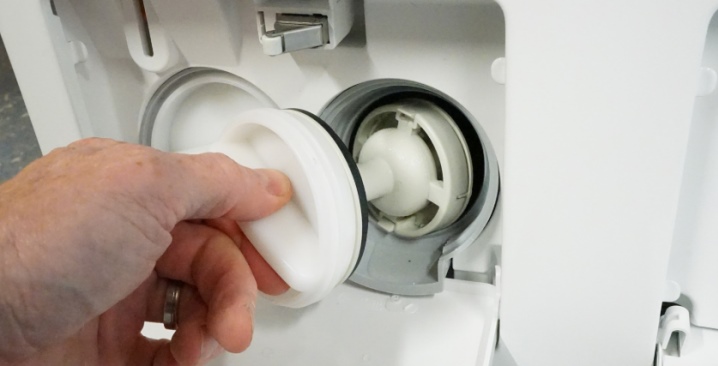
The automatic washing machine is an indispensable assistant for a modern housewife, which not only simplifies the washing process, but also significantly saves water and detergents. Manufacturers produce a wide range of these household appliances, which today can be seen in every home. Despite the ease of use and minimal maintenance of the device, experts still recommend that you remember to regularly clean the filters. And how to clean the filter in the LG washing machine, we will consider in the article.
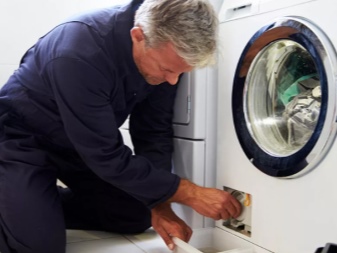

Why clean the drain filter?
Cleaning the filters is a simple but necessary process, which is described in detail in the accompanying instructions for the LG washing machine. Most users do not attach much importance to this manipulation, not realizing that dirty filters can provoke a number of problems.
- Unpleasant (musty) smell - the formation of dangerous microorganisms in the remains of threads, hair and clots of dirt.
- Damage to the pump - increased load and regular overheating of the pumping unit can cause damage and failure of the device. If debris enters the filter, the impeller can jam.
- Disruption of the drain mechanism - accumulations of debris are an insurmountable obstacle to the movement of water, which can provoke a complete stop of the drainage process and breakdown of the entire drainage mechanism.
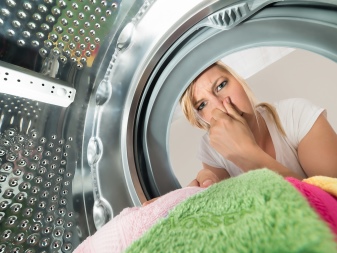
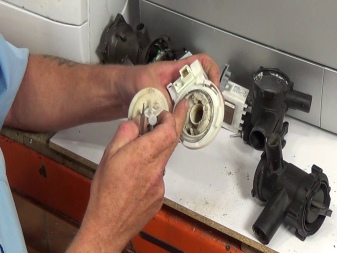
A clogged filter can cause a significant increase in the wash time, as well as the appearance of error messages on the screen. Another signal of the need to clean the filter mechanism is the instantaneous stop of washing and the impossibility of spinning and rinsing.
Experts recommend cleaning the drain filter at least once every 3 months, but this indicator is not absolute and can be adjusted depending on the frequency of turning on the machine and the level of contamination of the laundry.
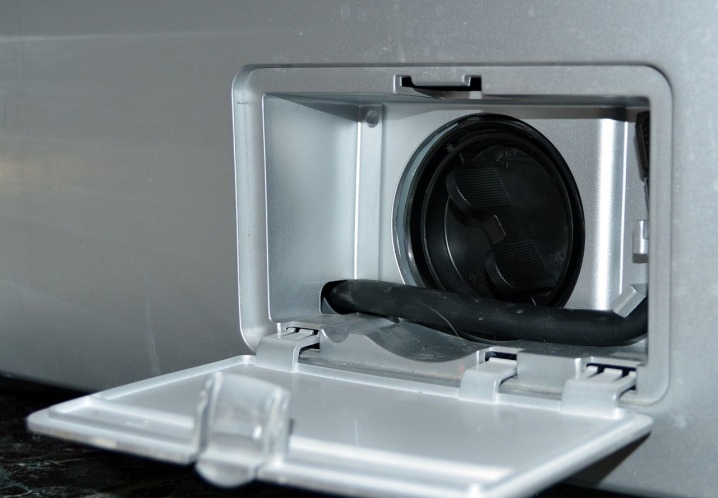
Preparation
In order to carry out cleaning, it is necessary to disconnect the device from the electrical network, determine the location of the filter and remove it from the device. In this model, the filter is located at the bottom on the front side and is closed by a small door, to open which you need to pry it with your finger and pull it towards you.
The discovered filter looks like a large plastic plug with a small handle and an emergency drain hose outlet.
In order to avoid getting dirty water on the floor, experts recommend not to rush to remove the cork, but first cover the place next to the machine with polyethylene and rags, only then drain the water into the prepared container using an emergency drain hose. This mechanism will help to completely dry the drum.
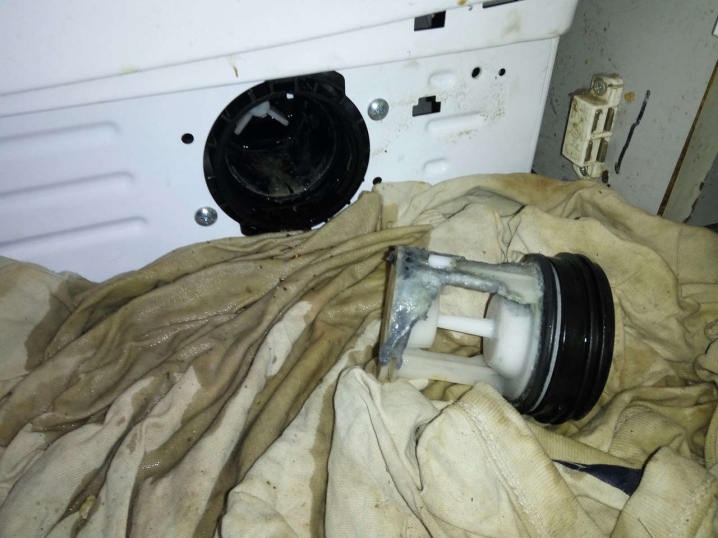
How to remove?
To remove the filter, which is located in a special compartment, you must open the cover and turn the mechanism 60 degrees counterclockwise. To simplify the dismantling work, manufacturers have applied special arrows to determine the movement of the plug. Despite the fact that a preliminary removal of water has been carried out, it is often possible to observe the outflow of dirty liquid that is in the filter.
After the preparatory measures have been taken, you can proceed to removing the device, which is very easy to get out and does not require additional physical effort.
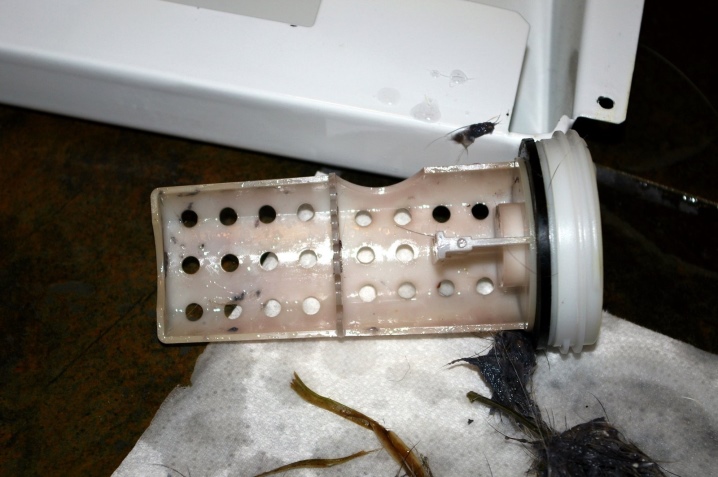
Cleaning instructions
To clean the removed instrument from dirt, it is necessary to carry out a number of activities.
- Removal of all coarse dirt - trifles, hair, pieces of thread.
- Cleaning the surface from plaque with a hard sponge and warm running water. Never use abrasive cleaners or boiling water, which can damage plastic and rubber seals.
- Thorough cleaning of the hole where the filter is installed.
- Removing dirt from the surface of the drain pump and pump. A household flashlight, which must be shined inside, will help to make sure that it is absolutely clean.
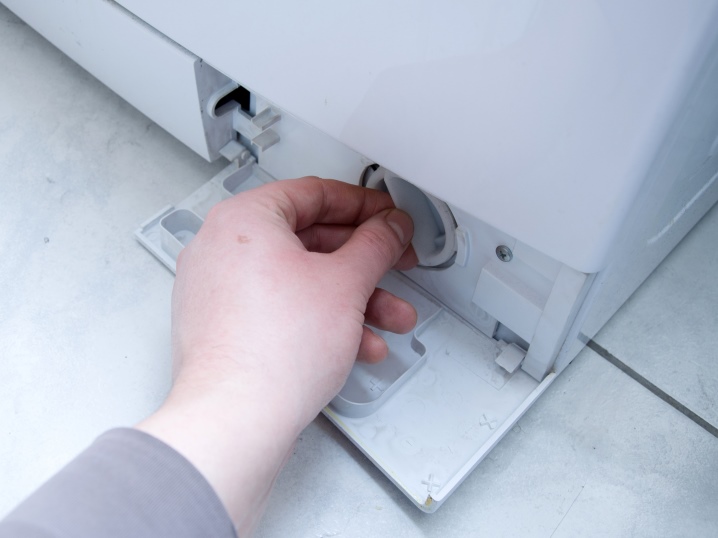
It is strictly forbidden to use force when screwing in the mechanism. Excessive pressure can deform the threads.
Then you can start connecting the water and connecting the electrical power. Experts recommend carrying out the first wash in a test mode, which will help identify all problems and leaks. If no defects were found during work, you can close the panel and tighten all the bolts.
Despite the technical simplicity of performing cleaning work, experts draw the attention of novice craftsmen to possible reasons for water leakage during a test wash:
- incorrect installation of the device - repeated work in accordance with technical recommendations;
- deterioration and deformation of gaskets - installation of new component parts;
- violation of the integrity of the thread - replacement of a deformed element.

Prevention measures
An automatic washing machine is a complex household appliance that requires careful handling and regular technical inspections. Correct identification of the type of contamination and the causes of its occurrence is an important preventive measure., which will prevent clogging of the filtration system, extend the life of the machine and reduce the cost of purchasing new parts.
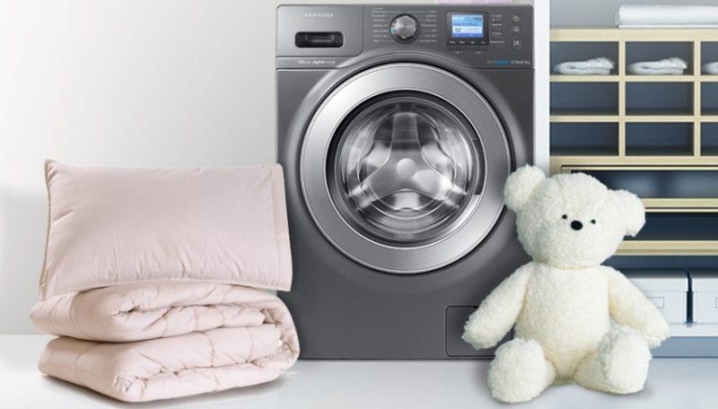
To reduce the frequency of filter cleaning, experts recommend observing the following recommendations:
- using only high-quality washing powder and conditioner;
- carrying out a complete cleaning of pockets from small items;
- installation of filters to soften the incoming water;
- carrying out regular preventive maintenance of the entire apparatus.
- clothes decorated with decorative accessories are washed only in special bags that prevent accessories from getting into the machine.
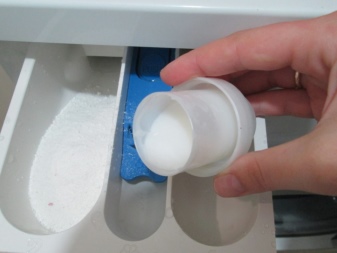
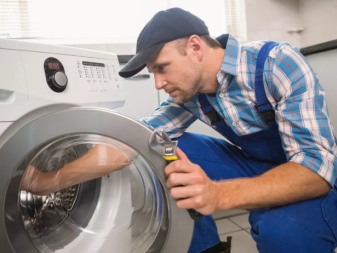
Preventing the accumulation of dirt, limescale, scale and mold can be done with simple and affordable preventive measures.
Citric acid is a simple remedy that can be purchased at any grocery store. Despite the seeming harmlessness, excessive use of lemon at high temperatures can lead to deformation of plastic elements.
The optimal amount of this powder for one wash is 100 grams.
This value can be adjusted depending on the level of dirtiness of the machine. After placing the product in the powder container, set the temperature at 60 degrees and run the machine in a full wash mode. After completing the procedure, you must remove the filter and remove the remaining plaque.
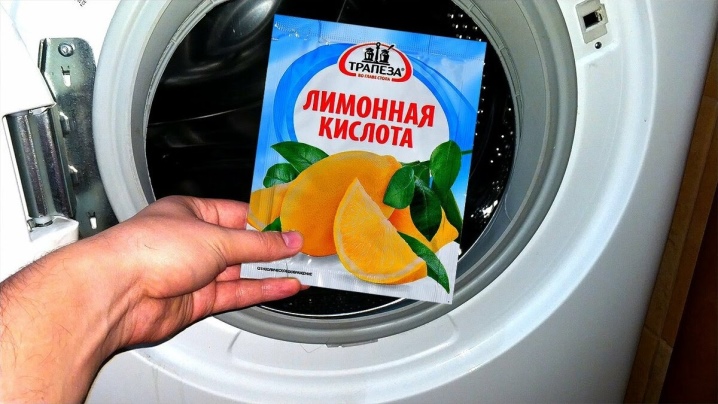
Soda is an effective remedy that helps completely remove all mold spores. Application technology - compounding the composition with water at a rate of 1 to 1 and applying it to all contaminated areas. A test wash must be started after a few hours. The number of cleanings depends on the level of contamination.
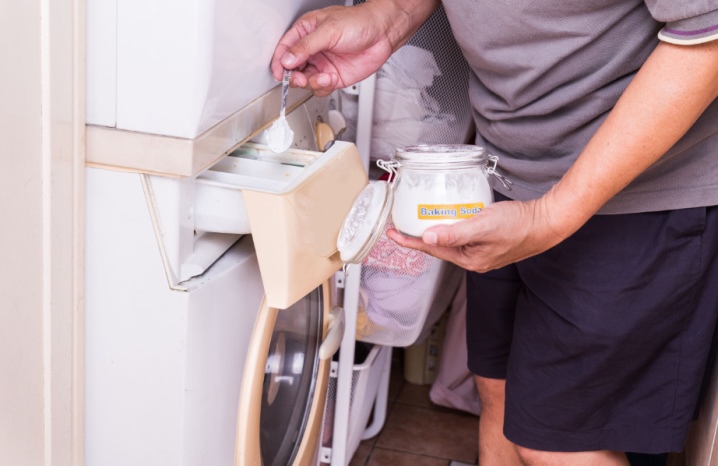
Vinegar 9% is an indispensable liquid that will help get rid of not only mold and scale, but also an unpleasant odor. Application technology:
- placing 200 ml of vinegar in a container for cleaning products;
- setting the temperature regime at a level of at least 60 degrees;
- stopping washing for at least 60 minutes after the machine has completely drawn in hot water;
- completion of the washing process;
- cleaning the filter from residues of dirt and plaque.
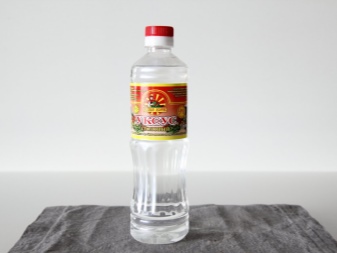
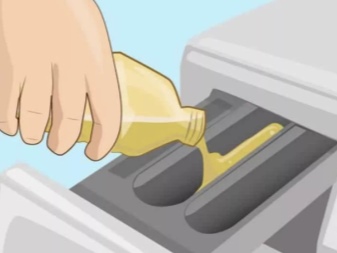
"Whiteness" is a popular remedy that has a pungent odor, effectively copes with various contaminants. For cleaning it is necessary to fill the container for the powder with "Whiteness", set the longest wash cycle with the maximum temperature level. 30 minutes after the start of the process, you must stop the machine for at least 1.5 hours, and after this time the washing process must be resumed.
A prerequisite is the use of an additional rinse.
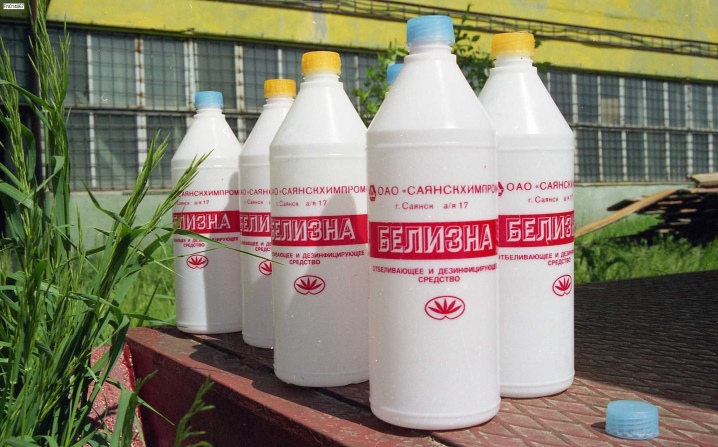
Copper sulfate is a simple and safe odorless remedy against fungus. You can buy the drug at any garden store at an affordable price. To use it, it is necessary to combine 30 grams of the drug with 1 liter of water and wipe all accessible parts of the machine with the resulting solutions. After a day, you need to run the machine in test mode with any washing powder.
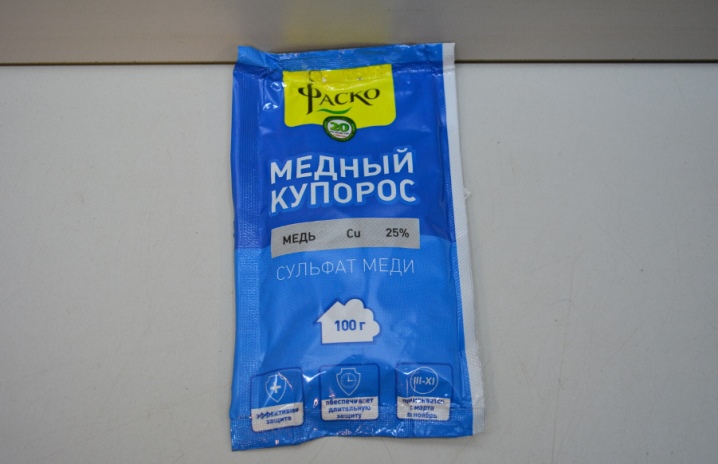
In specialized stores, you can also purchase special prophylactic formulations.
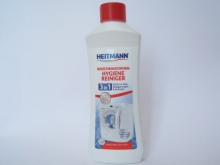
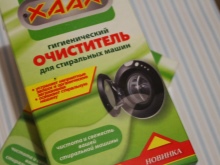
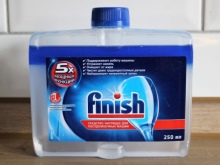
In the next video, you can visually familiarize yourself with the process of cleaning the filter of the LG washing machine.













The comment was sent successfully.